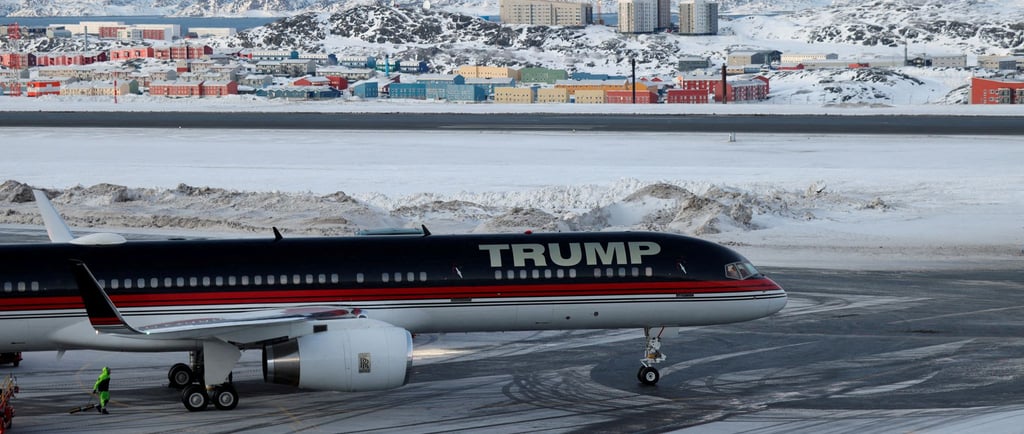Greenland: A Resurgence of 19th Century Imperialism and a Race for Minerals Spark Tensions
Greenland, a vast and resource-rich Arctic region, has long been at the centre of geopolitical competition. With global demand for rare minerals, hydrocarbons and new trade routes increasing, what would it mean if the United States were to take control of this strategic territory?
DENMARKUNITED STATES
Roman Frantsyian
2/1/20252 min read


Greenland, a vast and resource-rich Arctic region, has long been at the centre of geopolitical competition. With global demand for rare minerals, hydrocarbons and new trade routes increasing, what would it mean if the United States were to take control of this strategic territory?
Greenland’s natural wealth makes it a focal point of economic and political strategy. The region holds vast reserves of rare metals essential for high-tech industries and renewable energy production. There is also speculation regarding significant hydrocarbon deposits, which could offer energy independence to investor nations. Beyond resources, Greenland’s Arctic location presents opportunities for developing transport corridors that would shorten delivery times between Europe, North America and Asia.
The United States views Greenland as an opportunity to secure access to critical raw materials, reducing dependence on external suppliers while strengthening its presence in the Arctic. By investing in extraction technologies and modernising infrastructure, the US could lower production costs and boost the competitiveness of American industries. The island’s strategic location would also allow Washington to exert greater control over Arctic trade routes, shaping global commerce and security in the process.
Denmark, which has historical and cultural ties to Greenland, prioritises a different approach. For Copenhagen, Greenland is not only an economic asset but a part of its national identity. Danish policy seeks to balance economic development with environmental protection and the interests of the local population. Strict regulatory frameworks ensure that resource extraction does not lead to overexploitation, while long-term sustainability remains a guiding principle.
If Greenland were to come under US control, the geopolitical landscape of the Arctic would shift dramatically. Washington would gain an even stronger foothold in the region, allowing for a more assertive military presence and greater influence over emerging trade routes shaped by climate change. NATO members and other Arctic nations would need to rethink their strategic positions in response to this new reality.
Economic development in Greenland would likely accelerate under American governance, with increased investment leading to the expansion of ports, roads and logistics hubs. This would not only enhance resource extraction capabilities but also stimulate international trade by facilitating faster shipping between major economic centres. The introduction of new transport corridors could reshape global supply chains, making Arctic trade routes a viable alternative to existing pathways.
Advancements in mining and resource processing would also benefit from American financial and technological backing. The US emphasis on innovation could reduce the costs of operating in the Arctic’s extreme conditions, making extraction more profitable. Cutting-edge technological solutions would improve efficiency while mitigating the risks of working in such a remote environment.
However, the environmental consequences of large-scale resource development in Greenland cannot be ignored. The Arctic’s fragile ecosystems could suffer from increased industrial activity, necessitating strict environmental safeguards. Any transition to American governance would also require comprehensive policies to support the local population, ensuring that they are integrated into new economic systems and not left behind in the pursuit of profit.
At its core, the competition between the US and Denmark over Greenland reflects a clash of economic and strategic philosophies. While Washington focuses on maximising economic and geopolitical gains, Denmark is committed to sustainability, cultural preservation and responsible governance.
If Greenland were to become American territory, global markets and businesses would likely see major shifts through increased investment, improved transport networks and accelerated technological progress. At the same time, these changes would introduce complex environmental and social challenges that would demand careful regulation and international oversight. How Greenland’s future unfolds will depend on the ability of global powers to balance economic ambition with long-term sustainability in one of the world’s most geopolitically significant regions.


